Yesterday was a wild day at the Nordic Centre in Canmore, with some strong winds blowing in various directions. Not surprisingly my prone shooting was so-so, but to my shocking surprise, I shot 10 for 10 while standing. It made me wonder if my assumption that everyone is better at prone -vs- standing is true, so better get to action and do some analysis!
I decided to look back at the 2020-2021 season and compare the prone and standing shooting percentages. At the overall level prone clearly scores higher than standing, and when we split it up between men and women the differences are very similar. Even when splitting up between the four disciplines, although with some variance, the prone shooting is better than the standing:

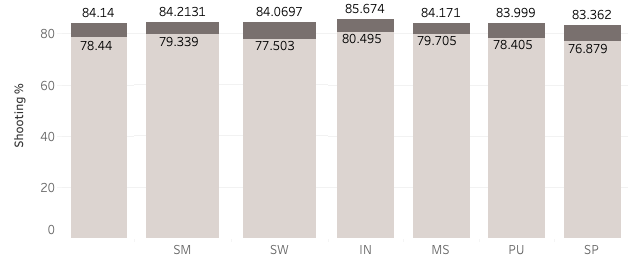
Now, in the case above the details are not that important, and the message is clear: prone shooting has a higher percentage than standing shooting.
For those of you unfamiliar with the differences between prone (laying down) and standing shooting: the target is at 50 meters in either case, but the size of the target varies from 4.5 cm in prone to 11.5 cm in standing. On the other hand when laying down and using a sling that connects to an armband, the stability of prone shooting is a lot higher than standing, where the only support comes from resting your elbow on your hip (which is not perfectly still either). Here is an illustration to give an example:
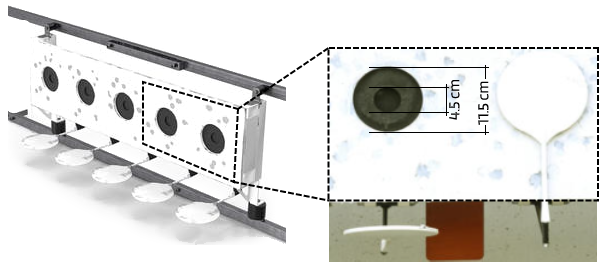
Ok, so in general athletes shoot better while in a prone position than when standing, but does it vary per nation? The chart below looks at the two percentages and shows the difference between prone and standing, resulting in a negative value if the standing shooting is better. The chart below is sorted with the best shooting percentage at the top and the lowest shooting percentage at the bottom. This shows that there are only a few nations whose standing shooting is better than prone, but they are all at the bottom of the chart, meaning that in general, their shooting is not very good. They are also “small nations” when it comes to the sport of biathlon.
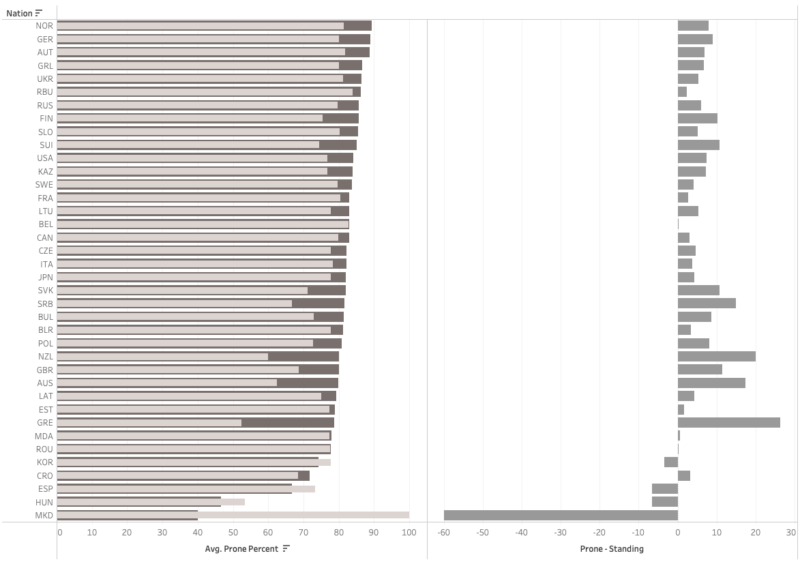
Lastly, I wanted to see how many races follow the patterns as concluded above, and if there were any exceptions. And as we can see below, of the 52 individual races in the season included in the dataset, only three races had a better standing percentage than prone. That is still fascinating: we see that throughout the season, no matter how we split up the data, prone shooting is better than standing. And yet we still have a few races where this is not the case.
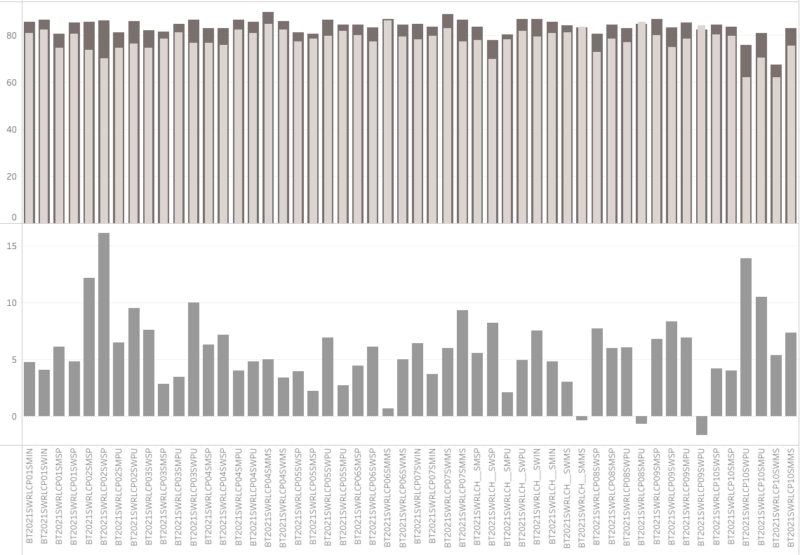
The race standing out is the World Cup 9 Women’s pursuit, with 82.6% for prone and 84.3% for standing. As it was a pursuit race with only 60 participants generally starting fairly close together, I can not see that changing wind conditions would have played a big part. I checked the weather data and that seems fairly consistent, with some increasing humidity, and improving wind conditions towards the end of the race, when most of the standing shooting took place. Could that perhaps be the reason?
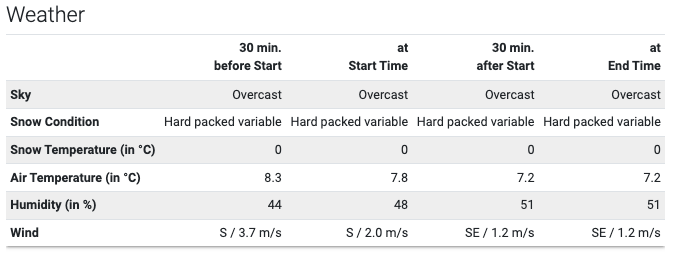
When we look at all the individual athletes, it also doesn’t appear to be caused by “lower athletes” at the group that shot better standing than prone contained the likes of Eckhoff, Oeberg, Roeiseland and more top-athletes.
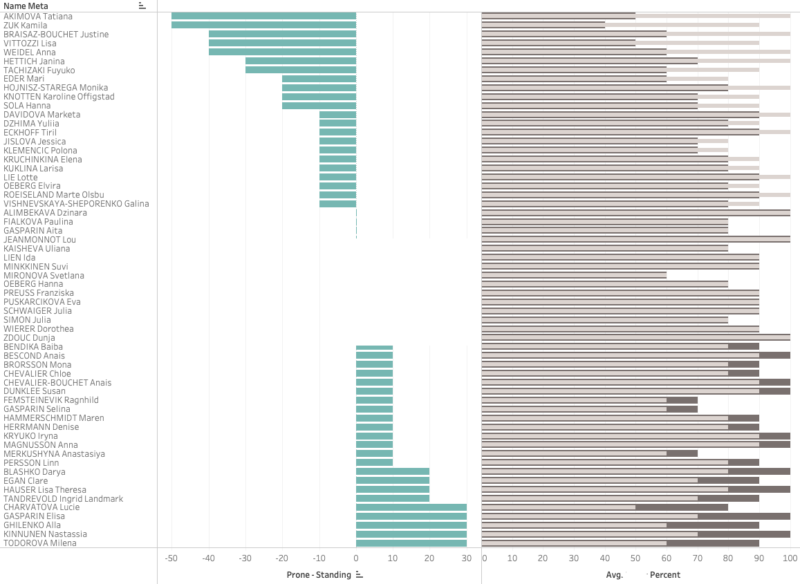
So, if you got this far and have another idea that could explain that a group of athletes during a race would shoot better standing than prone, please fire me a message on twitter: @biathlonanalyt1
The race can be reviewed on Eurovision.
